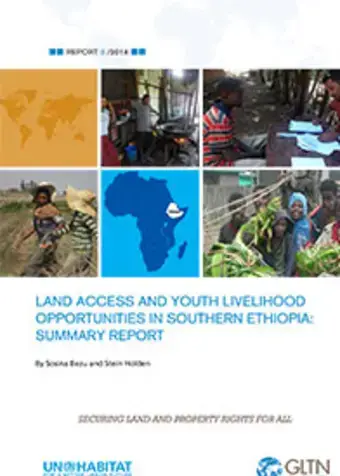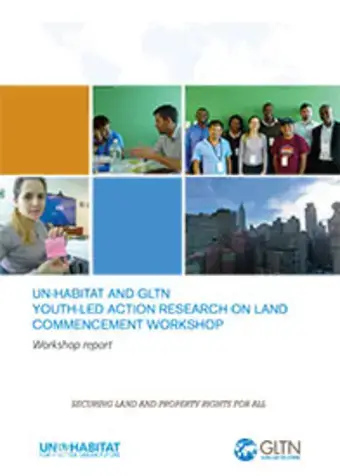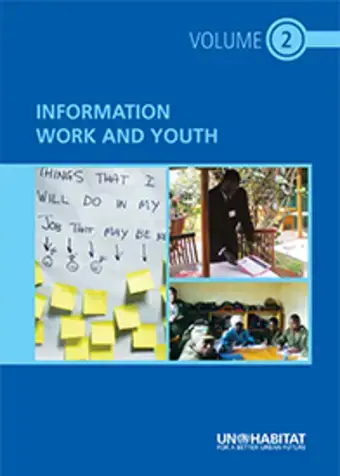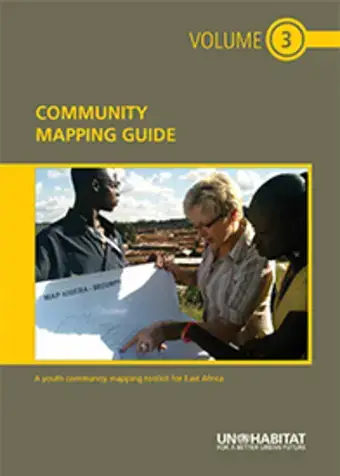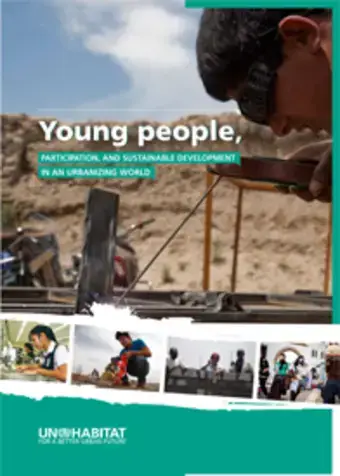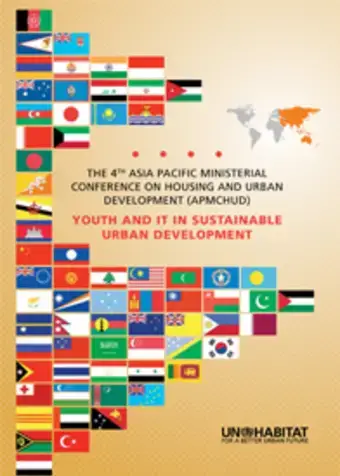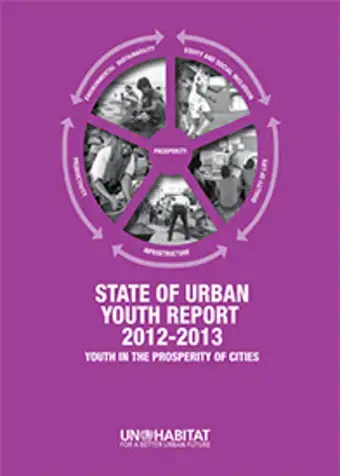Urban Youth Fund
 The UN-Habitat Urban Youth Fund empowers global youth by providing grants and capacity building to selected organizations in developing countries. Yearly, more than 8,000 youth-led organizations start the application process to be part of the program. Approximately 30 organizations are selected yearly to receive a grant up to 25,000 USD and capacity building support throughout the duration of the project.
The UN-Habitat Urban Youth Fund empowers global youth by providing grants and capacity building to selected organizations in developing countries. Yearly, more than 8,000 youth-led organizations start the application process to be part of the program. Approximately 30 organizations are selected yearly to receive a grant up to 25,000 USD and capacity building support throughout the duration of the project.
